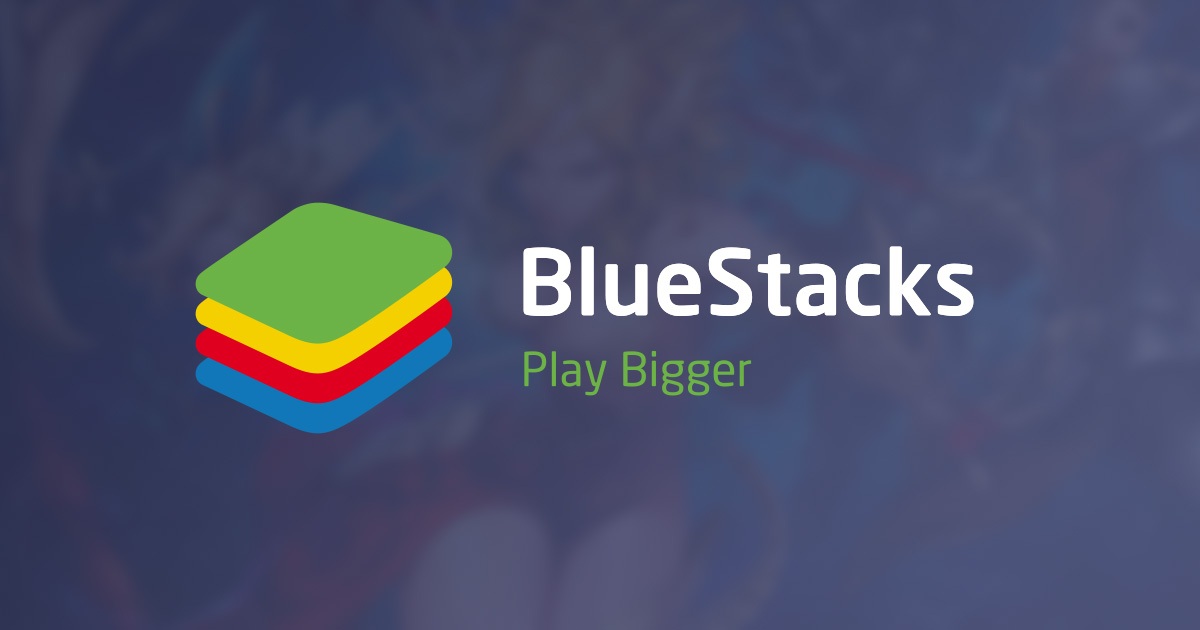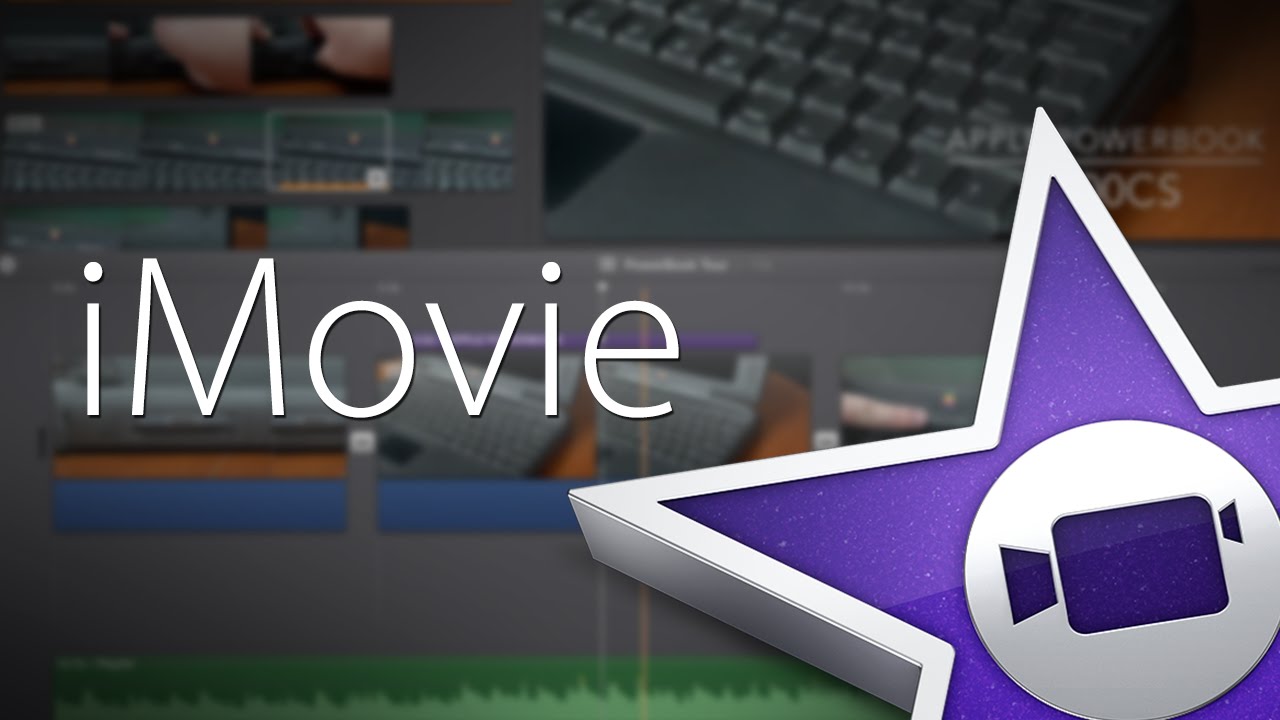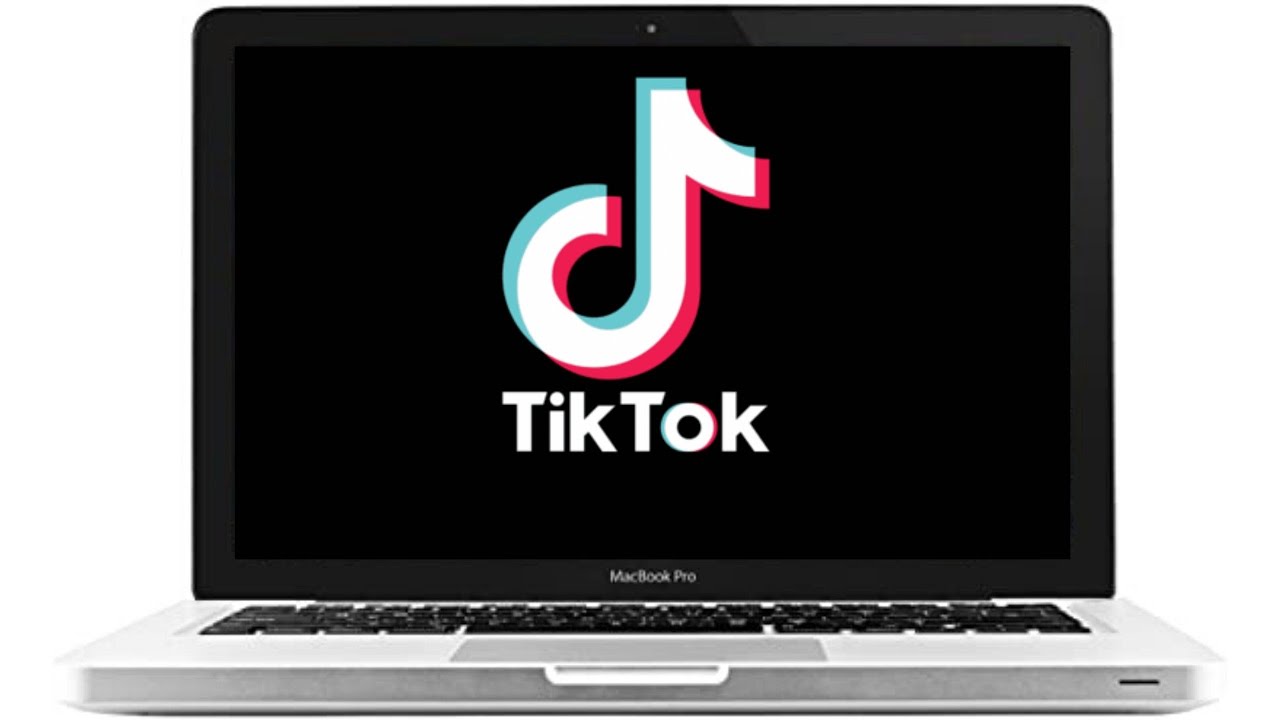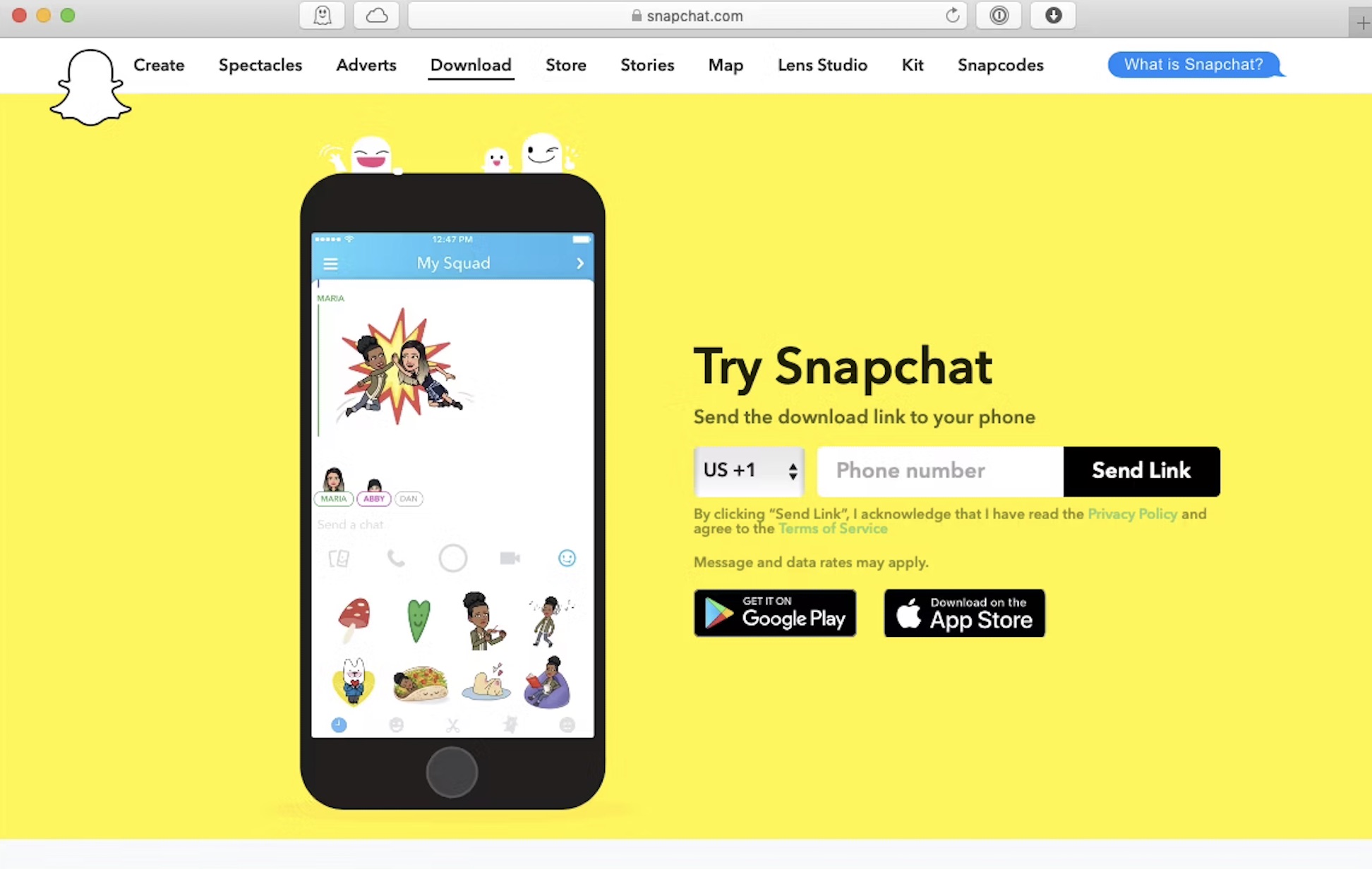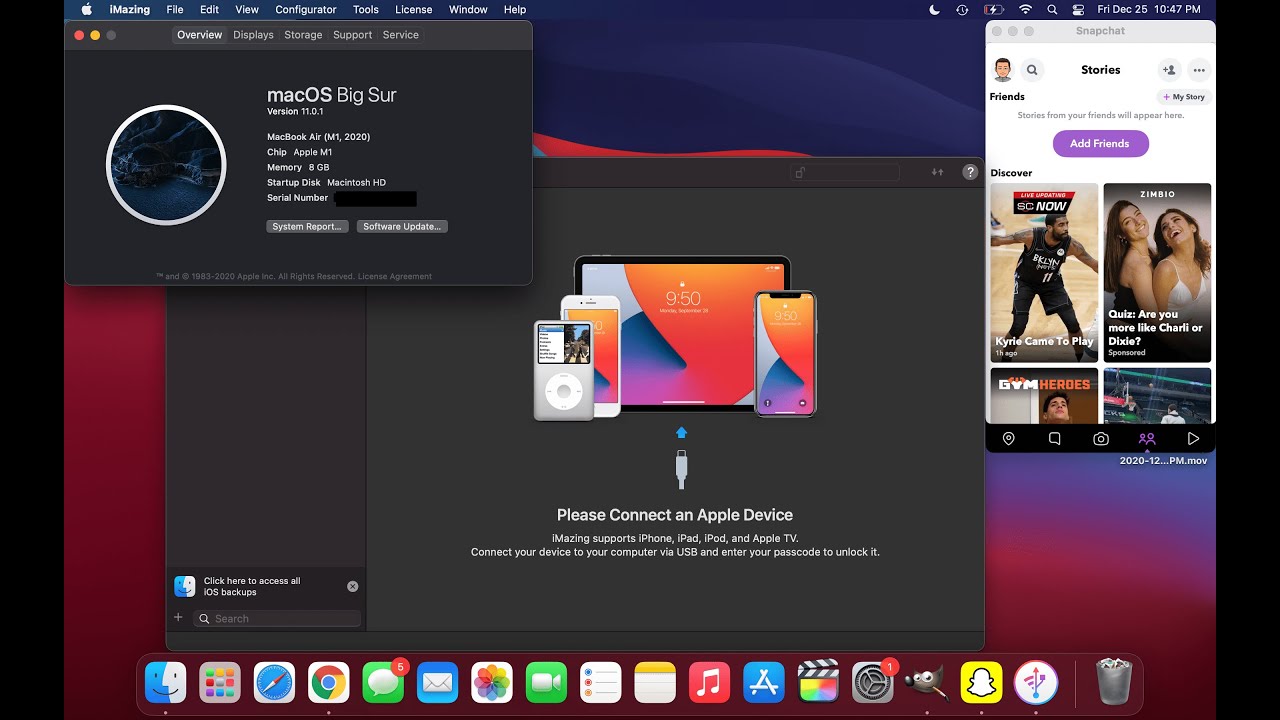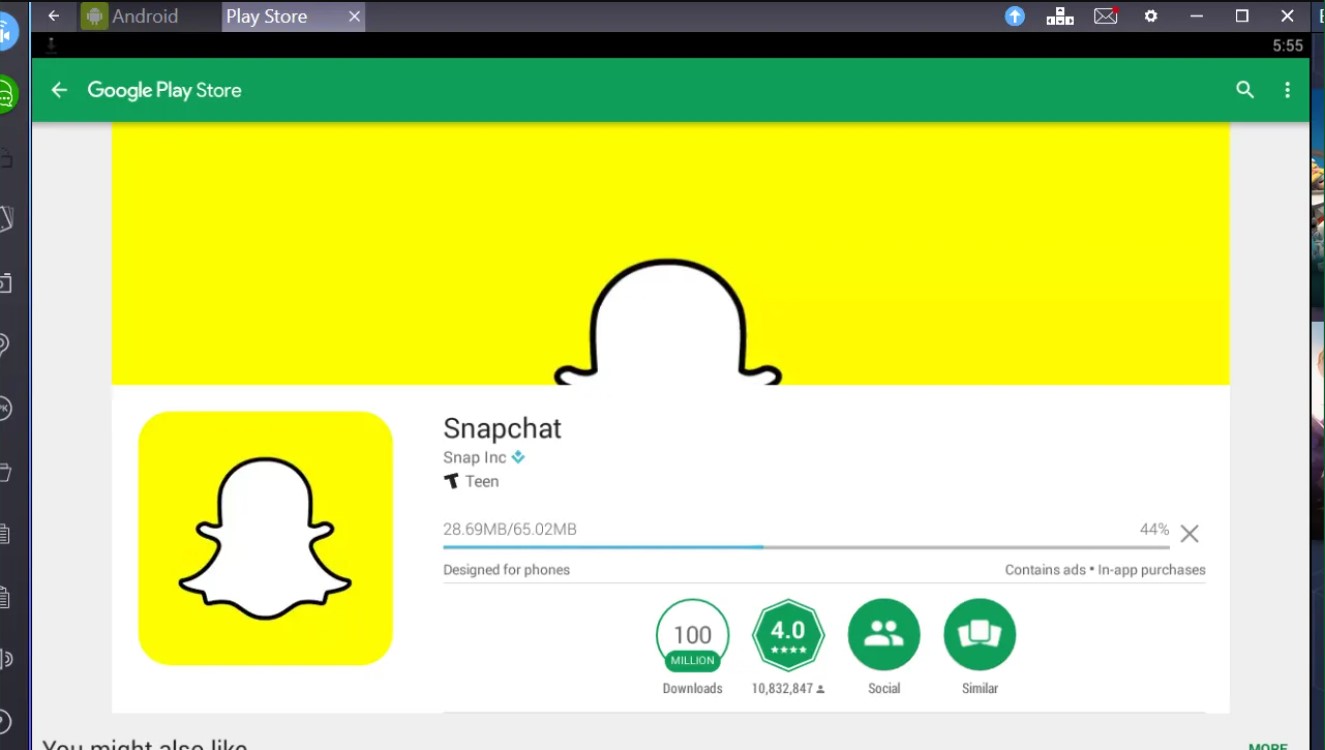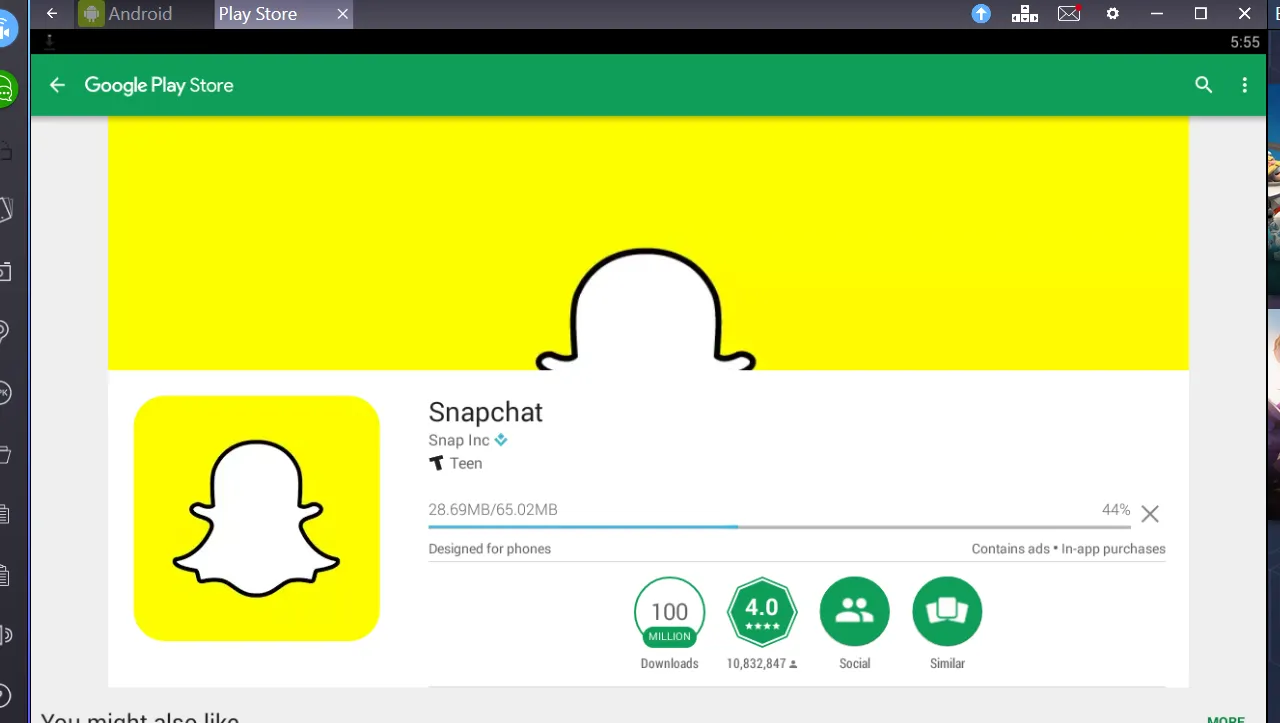Introduction
Welcome to this comprehensive guide on how to download BlueStacks, the popular Android emulator for Windows and Mac. BlueStacks allows you to run Android apps and games on your computer, providing a seamless and convenient mobile experience on a larger screen. Whether you want to play your favorite mobile games, use messaging apps like WhatsApp or Telegram, or simply enjoy the benefits of a larger interface, BlueStacks makes it all possible.
BlueStacks has gained immense popularity among gamers, app developers, and individuals who prefer using their favorite Android apps on their computers. It offers a user-friendly interface, excellent performance, and a wide range of features that enhance the Android experience on a desktop environment.
In this guide, we will walk you through the process of downloading and installing BlueStacks on both Windows and Mac operating systems. Additionally, we will discuss the system requirements and provide tips for optimizing the performance of BlueStacks to ensure a smooth and enjoyable experience.
Before we delve into the download and installation process, let’s take a look at the benefits of using BlueStacks and the system requirements you need to meet.
Benefits of using BlueStacks
BlueStacks offers numerous advantages that make it a popular choice for running Android apps on a desktop or laptop computer. Let’s take a closer look at some of the key benefits:
- Access to a vast library of apps: BlueStacks provides access to over 2 million Android apps, including popular games, social media platforms, productivity tools, and more. Whether you’re looking for entertainment or productivity, BlueStacks has you covered.
- Enhanced gaming experience: One of the main attractions of BlueStacks is its ability to enhance the gaming experience. It offers gamers features like multi-instance, key-mapping, and gamepad support, enabling smooth and convenient gameplay.
- Seamless synchronization: BlueStacks allows you to sync your Android device with the emulator, enabling you to access your favorite apps and games across multiple platforms. This means you can resume your progress on a game or continue using an app seamlessly between your computer and mobile device.
- High-performance gaming: BlueStacks has advanced features, such as GPU acceleration and CPU virtualization, that optimize the emulator for gaming. This results in better graphics, faster loading times, and smoother gameplay.
- Multi-tasking capabilities: BlueStacks enables you to run multiple apps simultaneously, making it easy to multitask and increase your productivity. You can chat with friends, browse the web, and use various apps side by side without any lag or performance issues.
- Customization options: BlueStacks offers extensive customization options, allowing you to personalize your Android experience on your computer. From changing the resolution to adjusting the screen orientation and assigning key controls, you can tailor BlueStacks to suit your preferences.
- Compatibility with various operating systems: BlueStacks is available for both Windows and macOS, making it accessible to a wide range of users. Whether you use a PC or a Mac, you can enjoy the benefits of running Android apps on your desktop or laptop.
These are just a few of the many benefits that BlueStacks provides. It combines the best of both worlds, allowing you to enjoy the familiarity and convenience of a desktop environment while also having access to the vast Android app ecosystem. Now that you understand the advantages of using BlueStacks, let’s move on to the system requirements you need to meet.
System Requirements
Before downloading BlueStacks, it’s important to ensure that your computer meets the necessary system requirements. This will ensure smooth performance and optimal functionality of the emulator. Take a look at the minimum and recommended system requirements below:
Minimum System Requirements:
- Operating System: Windows 7 or later / macOS Sierra or later
- Processor: Intel or AMD Processor with Virtualization extensions enabled
- RAM: At least 2GB of RAM
- Storage: At least 5GB of free disk space
- Graphics: Intel/NVIDIA/AMD GPU with OpenGL 2.0 support
- Internet Connection: Broadband connection to access the Play Store and download apps
Recommended System Requirements:
- Operating System: Windows 10 or later / macOS Mojave or later
- Processor: Intel Core i5 or better
- RAM: At least 8GB of RAM
- Storage: SSD with at least 10GB of free disk space
- Graphics: Intel/NVIDIA/AMD dedicated GPU with OpenGL 3.0 support
- Internet Connection: Broadband connection for optimal performance
It’s important to note that performance may vary based on the specifications of your computer. While BlueStacks can run on the minimum system requirements, meeting the recommended requirements will ensure a smoother and more enjoyable experience.
Now that you have an understanding of the system requirements, let’s proceed to the next section, where we will guide you on how to download BlueStacks from the official website.
How to Download BlueStacks from the Official Website
Downloading BlueStacks from the official website is a simple and straightforward process. Follow the steps below to get started:
- Open a web browser on your computer and go to the BlueStacks official website. You can visit their website by typing “BlueStacks” in your search engine or by going directly to www.bluestacks.com.
- Once you’re on the BlueStacks website, navigate to the “Download BlueStacks” section. Here, you’ll find the download link for the latest version of BlueStacks. Click on the download button to initiate the download process.
- Depending on your internet speed, the download may take a few minutes. Once the download is complete, locate the downloaded file on your computer. It is usually saved in the default “Downloads” folder unless you specified a different location.
- Double-click the downloaded file to start the installer. You may be prompted to grant permission for the installer to make changes to your computer. Click “Yes” or “Allow” to proceed.
- In the installation wizard, review the terms and conditions and click on the “Install Now” button to begin the installation process. The installer will extract the necessary files and install BlueStacks on your computer.
- Once the installation is complete, you will see a “Congratulations” message indicating that BlueStacks has been successfully installed on your computer.
- Click on the “Finish” button to exit the installer. BlueStacks will automatically launch, and you’ll be ready to start using Android apps on your desktop or laptop.
That’s it! You have successfully downloaded and installed BlueStacks from the official website. Now you can enjoy the vast library of Android apps and games right on your computer.
In the next section, we will explore alternative sources from which you can download BlueStacks in case you encounter any issues with the official website.
Alternative Sources to Download BlueStacks
Although downloading BlueStacks from the official website is the recommended method, there may be instances where you encounter difficulties or prefer to explore alternative sources. Here are a few reliable sources from which you can download BlueStacks:
- CNET Download: CNET Download is a trusted platform known for providing safe and verified software downloads. Visit download.cnet.com and search for BlueStacks. Choose the latest version compatible with your operating system and click on the download button to get the installation file.
- FileHippo: FileHippo is another reputable website that offers a wide range of software downloads. Visit www.filehippo.com and search for BlueStacks. Select the desired version and click on the download button to initiate the download process.
- Softonic: Softonic is a popular software download website that offers a vast collection of software, apps, and games. Visit www.softonic.com and search for BlueStacks. Choose the appropriate version and click on the download button to start the download.
- Official BlueStacks Mirror Site: BlueStacks maintains an official mirror site that serves as an alternative source for downloading the emulator. You can visit www.bluestacks.com/download-mirror and choose the appropriate version for your operating system. Download and install the file following the same steps as mentioned earlier.
- Third-party Software Download Portals: There are various third-party websites that offer software downloads. However, it’s crucial to exercise caution and verify the credibility of the website before downloading. Look for trusted sources with positive user reviews to ensure the safety of the downloaded file.
When downloading BlueStacks from alternative sources, it’s essential to follow the same installation process as described earlier. Double-check the file integrity and ensure that you are downloading from a trusted source to avoid any potential security risks.
In the next section, we will provide step-by-step instructions on how to install BlueStacks on both Windows and Mac operating systems.
Steps to Install BlueStacks on Windows
Installing BlueStacks on Windows is a straightforward process. Follow the step-by-step instructions below to install BlueStacks on your Windows computer:
- Locate the BlueStacks installer file on your computer. If you downloaded it from the official website, it is likely in your default “Downloads” folder.
- Double-click on the installer file to start the installation process. You may be prompted to grant permission to make changes to your computer. Click “Yes” or “Allow” to proceed.
- In the installation wizard, review the terms and conditions and click on the “Install Now” button to begin the installation process.
- During the installation, BlueStacks will extract and install the necessary files. This may take a few minutes depending on your computer’s performance.
- Once the installation is complete, you will see a “Congratulations” message indicating that BlueStacks has been successfully installed. Click on the “Finish” button to exit the installer.
- BlueStacks will automatically launch after installation. Follow the on-screen instructions to set up BlueStacks by signing in with your Google account or creating a new account if you don’t already have one.
- Once you’ve signed in, you’ll have access to the Play Store and other Android apps. Use the search bar to find and download your favorite apps and games.
- Now you can enjoy using Android apps on your Windows computer with BlueStacks!
That’s it! You have successfully installed BlueStacks on your Windows computer. Start exploring the vast collection of Android apps and games available on BlueStacks for an enhanced mobile experience on your desktop or laptop.
In the next section, we will guide you on how to install BlueStacks on Mac operating systems.
Steps to Install BlueStacks on Mac
Installing BlueStacks on a Mac computer is a simple process. Follow the step-by-step instructions below to install BlueStacks on your Mac:
- Locate the BlueStacks installer file on your Mac. If you downloaded it from the official website, it is likely in your default “Downloads” folder.
- Double-click on the installer file to start the installation process. You may see a security prompt asking if you’re sure you want to open the file. Click “Open” to proceed.
- The installer window will appear. Click on the “Install” button to begin the installation process.
- You may be prompted to enter your Mac password to allow the installation. Enter your password and click “OK” to continue.
- During the installation, BlueStacks will extract and install the necessary files. This may take a few minutes depending on your computer’s performance.
- Once the installation is complete, you will see a “Congratulations” message indicating that BlueStacks has been successfully installed. Click on the “Finish” button to exit the installer.
- BlueStacks will automatically launch after installation. Follow the on-screen instructions to set up BlueStacks by signing in with your Google account or creating a new account if you don’t already have one.
- Once you’ve signed in, you’ll have access to the Play Store and other Android apps. Use the search bar to find and download your favorite apps and games.
- Now you can enjoy using Android apps on your Mac computer with BlueStacks!
That’s it! You have successfully installed BlueStacks on your Mac computer. Start exploring the wide variety of Android apps and games available on BlueStacks for a seamless and immersive mobile experience on your Mac.
In the next section, we will provide tips for optimizing BlueStacks performance to ensure smooth and efficient operation.
Tips for Optimizing BlueStacks Performance
To ensure the best performance while using BlueStacks, here are some tips and tricks you can follow:
- Allocate enough system resources: BlueStacks requires a significant amount of system resources to function smoothly. Make sure to allocate enough RAM and CPU cores to BlueStacks in the settings. You can do this by opening BlueStacks, clicking on the “gear” icon to access settings, and adjusting the performance settings to match your system configuration.
- Update BlueStacks to the latest version: Periodically check for updates to ensure that you are using the latest version of BlueStacks. Updates often include bug fixes, performance improvements, and new features that can enhance your experience. Check for updates within the BlueStacks settings or visit the BlueStacks website for the latest version.
- Close unnecessary background applications: Closing unnecessary applications running in the background can free up system resources for BlueStacks. This can help improve performance and reduce lags or crashes. Close any unused applications or processes to optimize your computer’s performance.
- Optimize power settings: Adjust your power settings to prioritize performance over power saving. Higher performance settings will allocate more system resources to BlueStacks, resulting in smoother gameplay or app usage. Go to your computer’s power settings and choose a performance-oriented mode.
- Clear cache and data: Over time, the cache and data accumulated by apps can slow down BlueStacks. Clearing the cache and data of apps regularly can help improve performance. Open BlueStacks settings, navigate to the “Apps” section, and clear the cache and data for specific apps or all apps.
- Disable unnecessary features: BlueStacks comes with various built-in features that may not be necessary for everyone. Disable features like “Shake the screen” or “Shake the device” in the BlueStacks settings if you do not use them. This can reduce resource usage and improve overall performance.
- Use the latest graphic drivers: Ensure that your computer has the latest graphics drivers installed. Updated drivers can provide better compatibility and improved performance in graphics-intensive apps or games. Visit the website of your graphics card manufacturer to download and install the latest drivers.
- Regularly clean up your computer: Keeping your computer clean can improve overall performance, including BlueStacks. Regularly clean up temporary files, uninstall unused applications, and organize your files to optimize your computer’s performance.
By following these tips, you can maximize the performance of BlueStacks and enjoy a smoother and faster experience while using Android apps on your computer.
Now that you have optimized BlueStacks for better performance, you are ready to explore the vast world of Android apps and games available to you. In the next section, we will provide some common troubleshooting tips to help you overcome any issues you may encounter while using BlueStacks.
Common Troubleshooting Tips
While BlueStacks generally provides a smooth experience, you may occasionally encounter issues that can be easily resolved. Here are some common troubleshooting tips to help you overcome any problems you might face:
- Restart BlueStacks: Sometimes, a simple restart of BlueStacks can resolve minor issues. Close BlueStacks and relaunch it to see if the problem persists.
- Update your graphics drivers: Outdated graphics drivers can cause performance issues or graphical glitches. Make sure to update your graphics drivers to the latest version available from the manufacturer’s website.
- Check for software updates: Ensure that both BlueStacks and your operating system are up to date. Updates often include bug fixes and optimizations that can resolve compatibility issues.
- Disable antivirus or firewall: In some cases, antivirus software or firewall settings may interfere with the functioning of BlueStacks. Temporarily disabling them and launching BlueStacks can help identify if they are causing any conflicts.
- Clear app cache and data: If a specific app is causing problems, clearing its cache and data can often resolve issues. Open BlueStacks settings, navigate to the “Apps” section, and clear the cache and data for the problematic app.
- Change the graphics rendering mode: Experiment with different graphics rendering modes in the BlueStacks settings. Some apps perform better with certain rendering modes, so try changing this setting if you’re encountering issues with specific apps.
- Reinstall BlueStacks: If all else fails, consider reinstalling BlueStacks. Uninstall the current installation, restart your computer, and then download and install the latest version of BlueStacks from the official website.
- Reach out to BlueStacks support: If you continue to experience issues, don’t hesitate to reach out to BlueStacks support. They have a dedicated support team ready to assist you with any technical difficulties or questions you may have.
By following these troubleshooting tips, you should be able to resolve most common issues encountered while using BlueStacks. If you’re facing persistent or more complex issues, contacting BlueStacks support will provide you with further assistance.
Now that you’re equipped with these troubleshooting tips, you can troubleshoot and resolve any issues that may arise while using BlueStacks. In the next section, we will conclude this guide, summarizing the key points we’ve covered.
Conclusion
Congratulations! You have successfully learned how to download, install, and optimize BlueStacks, the popular Android emulator, on both Windows and Mac operating systems. BlueStacks allows you to enjoy your favorite Android apps and games on a larger screen, offering a seamless and convenient mobile experience on your computer.
We explored the benefits of using BlueStacks, including access to a vast library of apps, enhanced gaming experience, seamless synchronization, and customization options. Additionally, we discussed the system requirements you need to meet to ensure optimal performance while using BlueStacks.
You learned how to download BlueStacks from the official website, as well as alternative sources in case of any difficulties. Moreover, we provided step-by-step guidelines for installing BlueStacks on both Windows and Mac, ensuring a hassle-free installation process.
To optimize the performance of BlueStacks, we shared valuable tips such as allocating system resources, updating the software, closing unnecessary applications, and clearing cache and data. We also provided troubleshooting tips to help you overcome common issues that may arise while using BlueStacks.
Remember, BlueStacks offers a vast ecosystem that bridges the gap between mobile and desktop experiences. You can now seamlessly enjoy your favorite Android apps, play games, and stay connected with friends and family, all from the comfort of your computer.
We hope this guide has been helpful in your journey with BlueStacks. If you encounter any further issues or have additional questions, the BlueStacks support team is there to assist you. Embrace the power of BlueStacks and unlock a world of possibilities right at your fingertips!







